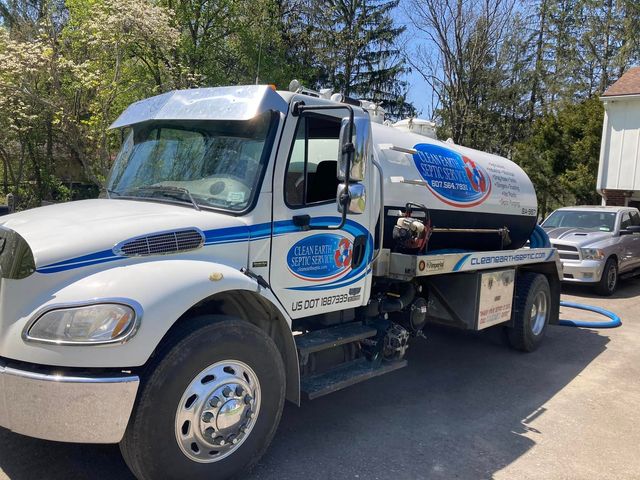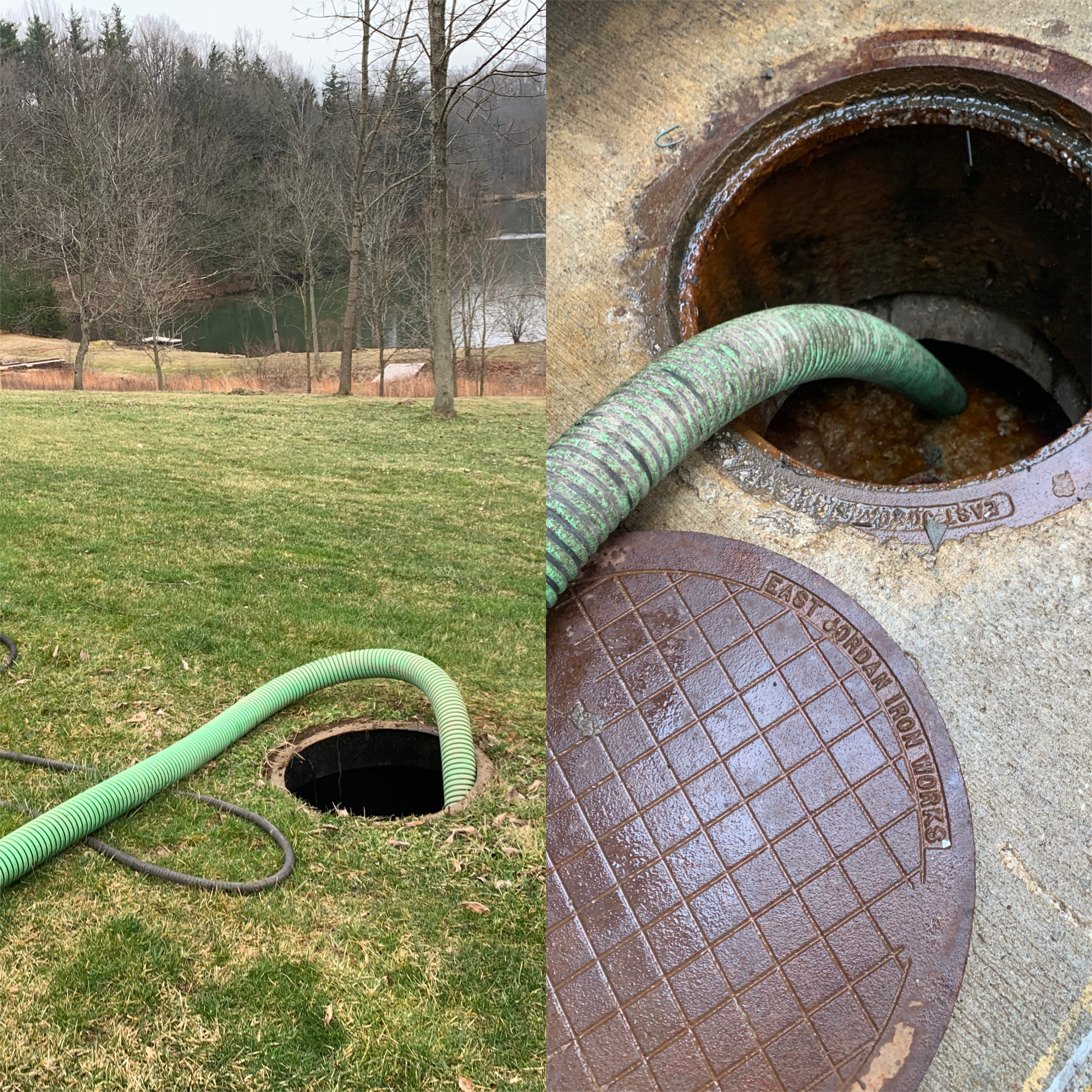Not known Factual Statements About Stillwell Septic And Grading
Table of ContentsGetting My Stillwell Septic And Grading To WorkAll about Stillwell Septic And GradingThings about Stillwell Septic And GradingThe Greatest Guide To Stillwell Septic And GradingStillwell Septic And Grading Fundamentals ExplainedSome Ideas on Stillwell Septic And Grading You Need To Know3 Simple Techniques For Stillwell Septic And Grading

Homeowners need to also inform themselves on the fundamentals of septic tanks to ensure they make notified choices throughout the setup procedure - Septic Inspection. Septic tanks are an important part of numerous homes that are not attached to a local drain system. They are designed to treat and get rid of family wastewater on-site
The septic storage tank is a large, below ground container made of concrete, fiberglass, or plastic. The container separates the strong waste from the fluid waste.
Stillwell Septic And Grading - An Overview
It is likewise essential to preserve water and stay clear of straining the system. Basic steps such as fixing leaking taps and toilets, installing low-flow showerheads and bathrooms, and spreading out laundry lots can aid lower water use and extend the life of the septic system.
The topography of the website is also reviewed to ensure that the septic system is mounted at the correct elevation. https://www.evernote.com/shard/s630/sh/a9af7cc9-5e7d-762d-ff53-daebbd727999/APvbvObyq0g4qyzO7nUoQfQbD3mfmvUy506MsZYHUeBZ8HLDEbVKSeDr6Q. The system ought to be installed at a greater altitude than the surrounding location to stop contamination of the surrounding environment. Obstacles are the minimal distances needed by legislation in between the septic system and various other structures or features such as wells, structures, and property lines
The altitudes will make certain that the septic system works appropriately, and wastewater is efficiently treated. It makes certain that the septic system is mounted in the most optimal area, taking right into consideration the dirt, topography, and setbacks.
Some Of Stillwell Septic And Grading
Prior to installing a septic system, property owners require to obtain authorizations and adhere to policies. The laws differ depending on the state, region, and district. As a result, it is important to talk to the neighborhood health department or structure division to make sure conformity. A few of the permits and regulations that house owners need to think about include:: Homeowners require to obtain a permit from the neighborhood health and wellness department or structure division prior to installing a septic tank.
For circumstances, some municipalities may call for a minimum whole lot dimension for septic system installation.: Property owners need to adhere to ecological guidelines when mounting a septic tank. As an example, some states might internet call for an environmental effect analysis prior to setting up a septic system.: Property owners require to conform with construction laws when setting up a septic system.
How Stillwell Septic And Grading can Save You Time, Stress, and Money.
Some communities may call for periodic evaluations and pumping of the septic tank. It is important for home owners to get licenses and comply with guidelines before mounting a septic system.
One of the most important elements to consider when choosing a sewage-disposal tank is the size. A septic storage tank that is as well tiny for the home's demands will certainly call for even more constant pumping, while a container that is as well large can result in excessive water build-up and possible system failing. A general rule of thumb is that the container should be able to hold at least 2 days' worth of wastewater.
Not known Factual Statements About Stillwell Septic And Grading

It's likewise crucial to consider the kind of system the septic tank will certainly be utilized with. There are two main types of septic systems: gravity and pressure.
The Ultimate Guide To Stillwell Septic And Grading
Overall, choosing the ideal septic tank for a home is a vital choice that requires cautious factor to consider. Prior to installing a septic container, house owners have to take specific actions to prepare for the installment procedure.
Right here are some important safety and security actions to follow: Wear safety equipment: House owners should wear protective gear, such as handwear covers, boots, and safety helmets, to avoid injury during the installation procedure. Stay clear of electric lines: Property owners need to stay clear of digging near electrical lines to stop electrocution. Usage caution when running heavy equipment: Property owners must make use of caution when operating hefty equipment to stop crashes and injuries.
Facts About Stillwell Septic And Grading Uncovered
By adhering to these essential actions, property owners can ensure an effective septic tank setup process. Sewage-disposal tank setup is a critical process that calls for careful planning and execution. House owners who are setting up a septic system for the initial time ought to be mindful of the crucial actions associated with the process to ensure that their septic tank works successfully and successfully.
